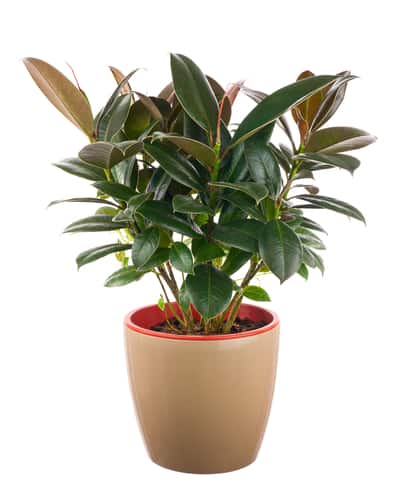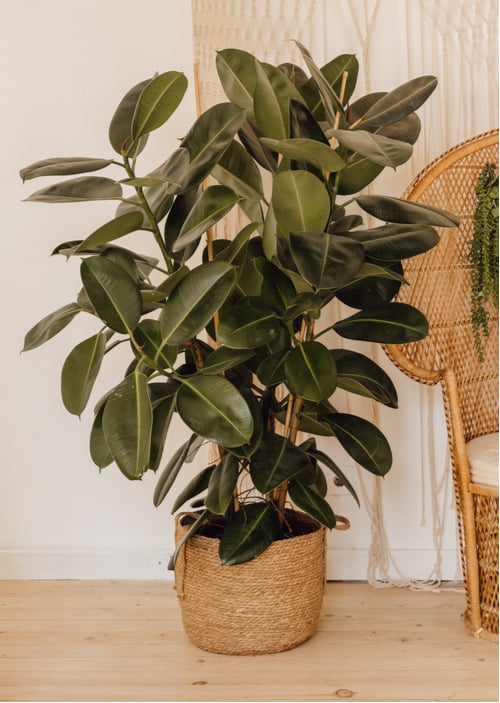Last updated on March 14th, 2022
Our site is reader supported, this means we may earn a small commission from Amazon and other affiliates when you buy through links on our site.
Rubber plants can get quite large unless you prune them to effectively control their size. If you fail to properly prune rubber plants the branches will find it difficult to support the weight of additional branches and leaves. This usually results in the snapping of branches or an otherwise ugly and uncontrolled visual display. Pruning your rubber tree doesn’t have to be particularly complicated and in fact, as is the case with most plants, pruning will give your tree what it needs to bounce back better than ever with a burst of fresh foliage.
When to Prune your Rubber Plants
Rubber plants are very resilient and you can give them a good trim at any time during the year. Any branch that you see that is damaged or otherwise growing away from the rest can simply be removed and it won’t hurt the plant, it’s also a good idea to control the height too.

That being said, the plants will respond well to pruning and recover quickly given the time of year. If you prune at the end of spring or the beginning of summer, particularly in the month of July, your plant will respond more effectively. This is also the perfect time, should you wish to, to take cuttings for later.
How to Prune your Rubber Plant
Whether you are giving your rubber plant a serious overhaul or a simple trim, you can cut the plant to whatever style or size you want. The main rule to bear in mind is that it will grow back from the next node down.
Before you start make sure to properly sanitise the pruning secateurs you are using. This will prevent the spread of disease from one plant to another, and this should be common practice with all plants. It’s also recommended that you wear gloves simply because the milky sap produced by the rubber plant can irritate your skin.

Much like painting, you need to step away from the canvas to get a good picture of how everything looks and then dive right back into the smaller facets of it. With your rubber plant, you need to step back and study how the overall shape is now and what you want that overall shape to be, so that you can make cuts just above a node when and where you want to achieve your preferred look. You can also choose to prune right above a leaf scar.
You should remove about 1/3 or 1/2 of the branches but don’t remove foliage unnecessarily. The new growth that appears from these cuts might take its sweet time, so if at first, your plant looks much more haggard than you intended, rest assured that won’t last. Doing this on a regular basis, no more than once a year is sure to help keep your rubber plant in check. What you ideally want to form is a dense well branched plant that can support its branches.
Image credits – Shutterstock.com


